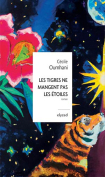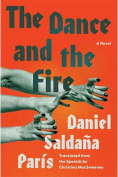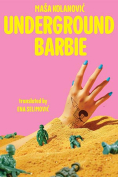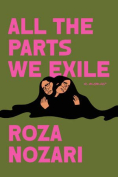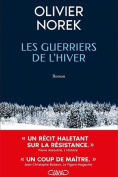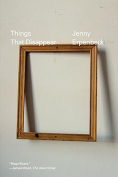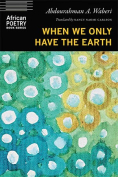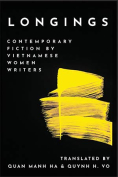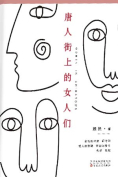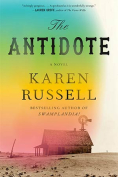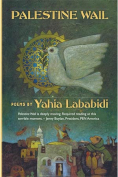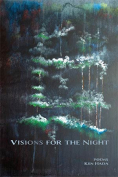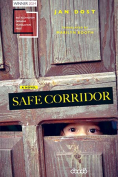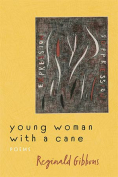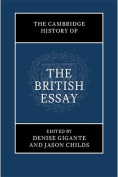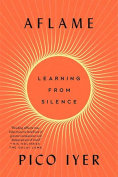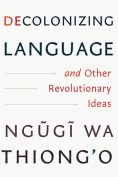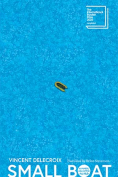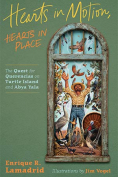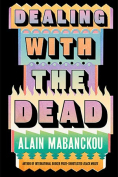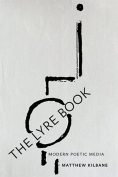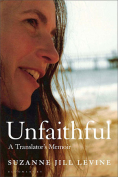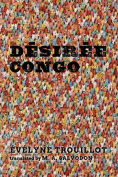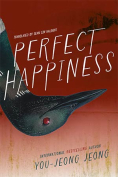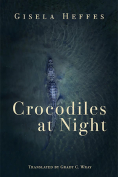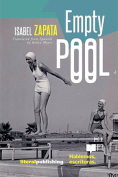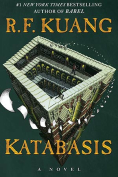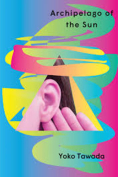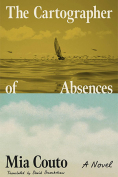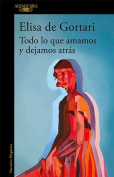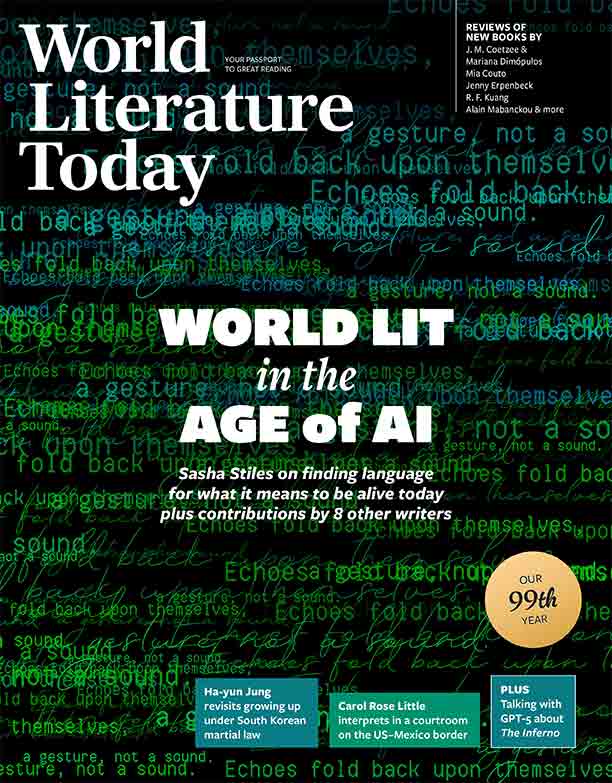The Cambridge History of the British Essay
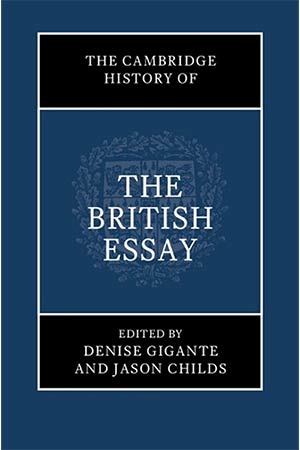
Cambridge. Cambridge University Press. 2024. 857 pages.
In a study of the essay published over a century before this one, Hugh Walker’s The English Essay and Essayists (1915), the author suggests that “just as, in the days before enclosures, stray cattle found their way to the unfenced common, so the strays of literature have tended towards the ill-defined plot of the essay.” The unfenced common is clearly more suited to the essay’s essentially wayward, straying nature than any closely managed academic field, but it’s instructive to see how it appears when held in the various enclosures in which it’s placed in this Cambridge History of the British Essay. These confinements provide an opportunity to observe a notoriously elusive mode of writing from all sorts of revealing angles.
The range of expertise represented by the book’s fifty-one contributors gives readers a series of lenses, ground to different focal lengths of interest, through which they can look at aspects of the British essay. Whether these lenses constitute a history is debatable. It certainly isn’t a history in the sense of a linear narrative that traces point-by-point the development of the genre from its beginnings to the present. Instead, the chapters provide a series of vignettes, arranged more or less chronologically, in which various manifestations of the essay are presented within whatever framing parameters have been selected by each author.
The book is arranged in five parts. It would have been helpful to have had some editorial rationale at the start of each of these five parts before embarking on their constituent nine or ten chapters. Such linking material might have helped provide more of a sense of overall coherence. Despite frequent cross-referencing, the book is very much an anthology of independent and quite diverse pieces, rather than a singular sequential study with a unified sense of focus and progression.
There are chapters on a wealth of topics: ancient influences on the essay; the essay and commonplace books; early women essayists; the sermon and the essay; the periodical essay; letters, diaries, and essays; the essay and the rise of the novel; satire and the essay; food and the essay; travel and the essay; psychoanalysis and the essay; the essay and ekphrasis; postcolonialism and the essay; essays, ecocriticism, and the Anthropocene. This is just to give a quick sampling of the book’s forty-seven chapters. It clearly wouldn’t be practicable to list them all, still less to summarize the range and depth of material that’s offered in them.
A comment in Kathryn Murphy’s excellent chapter on the beginnings of the English essay nicely catches how difficult it can be to pinpoint the nature or history of this kind of writing. “The essay as a form began before it started,” she writes, “did not emerge until after it had begun, and even once in the world, conceived of itself as preliminary to something that had not yet arrived.” Thomas Karshan’s “The Essay and the Theme” identifies with pleasing lucidity, and an impressive command of sources, the origins of a muddle that continues to dog the genre—the confusion between literary essays and academic assignments. (As another contributor puts it: “The academic essay is a sort of anti-essay in the Montaignian sense.”) Joshua Pugh begins his chapter on blogging in Britain by noting that “the essay in our digital age remains as rich and varied as ever, and as hard to grasp in its entirety.” Pugh’s chapter brilliantly gets to grips with what he describes as a “once futuristic now anachronistic” form. He shows how blogging constitutes “a distinctive tincture in the culture of the British essay.” Murphy’s, Karshan’s, and Pugh’s were, for me, among the standout chapters. But they were by no means the only ones. There’s a formidable array of expertise assembled in this History, and it casts light on many different aspects of the British essay.
Do readers need the lists of essayists that are given before the bibliography? If they do, the point made in the preface—that the lists refer only to “essayists mentioned in this volume”—should have been made clear in their titling. When, over seven hundred pages after the preface, we get to the lists themselves, this qualification has disappeared. They’re simply presented as: “Appendix 1: Alphabetical List of Essayists” and “Appendix 2: Chronological List of Essayists,” giving the impression that they’re offering something much more comprehensive than they are. Nor do many of the names included—Immanuel Kant, Carl Jung, James Joyce, W. B. Yeats, Ludwig Wittgenstein—belong to those who are primarily thought of as essayists. The editor claims the lists offer “a map of sorts,” but it’s far from clear whether such cartography is helpful.
A better use of the twenty pages devoted to these lists would have been a chapter that discussed the concept of national traditions of essay writing. Is the English essay the same as the British essay? Do national categories—the Australian essay, the Canadian essay, the Chinese essay, the French essay, etc.—point to particular literary traits or ethnic idiosyncrasies different from those of the British essay, or do they simply convey where individual essayists happen to be born or domiciled, or the language that they write in? There are entries for sixteen such national categories in Encyclopedia of the Essay (a major reference work, which, curiously, is missing from the Cambridge History of the British Essay’s bibliography). Might some of these national groupings be prompts for further Cambridge volumes—offering histories of the Chinese, German, Russian, Scandinavian, or Spanish (or Spanish American) essay? Or are the two existing volumes—British and American—the only ones thought worthy of coverage—in which case, what are the grounds for granting them such primacy?
A chapter on national traditions of essay writing might have provided some discussion of the ways in which “British” can be understood and reminded readers of something that seems to have been forgotten—namely, the existence of a diversity of nationalities in the British Isles. After finding himself included in The Penguin Book of Contemporary British Poetry, Seamus Heaney objected: “Be advised my passport’s green / No glass of ours was ever raised / to toast the Queen.” Irishwoman Dervla Murphy would surely have taken similar exception to finding herself described—as she is on page 465—as helping to consolidate “the image of the independent British woman traveller.”
In “Performance and the Irish Essay”—a chapter in which one might have expected at least a passing mention of Hubert Butler—Paige Reynolds refers to the Field Day collective’s “resistance to attempts to fold Irish writing into the rubric of English literature.” Irish (and Scottish) essays seem simply to have been folded into the rubric of the British essay in this volume. Fortunately, as literary strays, essays have a propensity for finding their way out of whatever categories scholars try to herd them into and back to the unfenced common that is their natural habitat. (Editorial note: RC Davis-Undiano’s “Back to the Essay” manifesto, which helpfully distinguished between essayistic and academic prose, appeared in the Winter 2000 issue of WLT.)
Chris Arthur
St Andrews, Scotland
